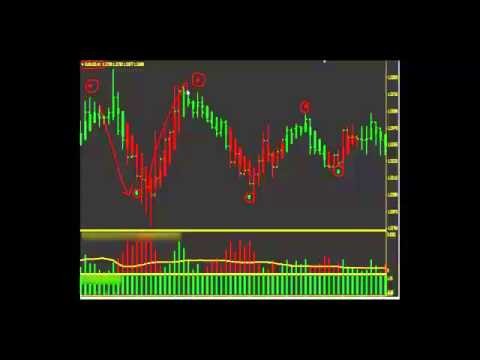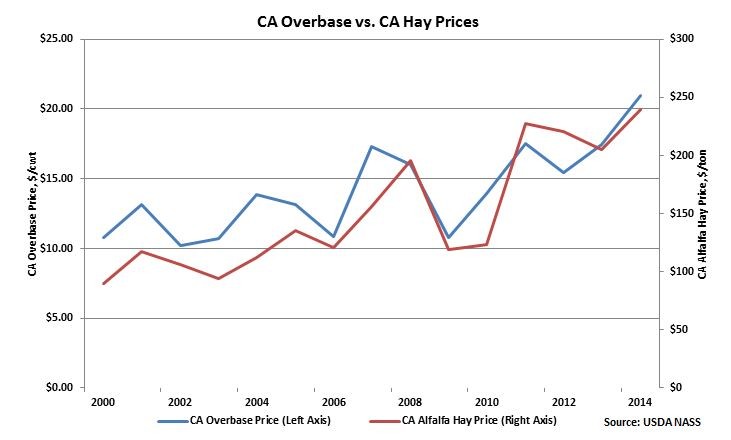Ping Pong Trading & Making Money In Sideways Markets Traders Log
Post on: 28 Сентябрь, 2015 No Comment

Posted By: Mark Hodge
One of the easiest ways to lose money as a trader is to apply a trend following strategy in a sideways market. Unfortunately, most traders learn this the hard way. Some traders will eventually learn how to avoid sideways markets, and do fairly well with trend following strategies, but few traders ever learn how to make money in a market that is moving sideways. Armed with the right methods, a sideways market can be an ideal environment to pull money out of the market.
To understand a sideways market, it’s important to be able to recognize a trending one. Some traders use popular indicators and chart patterns to read a market, in order to determine whether the market is trending up or down. Another way to spot a trending market is to look for a market that is making higher highs and higher lows (an uptrend), or lower lows, and lower highs (a downtrend).
When a market isn’t making higher highs or lower lows, bars are typically overlapping as the market trades in a range. In this environment a trend fading strategy, selling highs and buying lows, is the perfect way to trade. This is exactly what we look to do when using the Ping Pong Strategy that we trade at Rockwell Trading.
The name “Ping Pong” says it all. We are looking for the market to bounce back and forth, while we sell highs and buy lows. Although traders can technically trade different time frames, our favorite chart for trading the Ping Pong Strategy is a range bar chart.
In the chart below, you will notice that overlapping bars are often found in between trending markets. It’s in these ranges that the Ping Pong strategy is most effective and easiest to apply.
Trading the Ping Pong Strategy, we want to enter long when the market is moving sideways, and when a bar completes with a new low. This is one of the advantages of using range bars over time bars. With a range bar, a new bar will begin when a specified range has been exceeded, so we will always know where a bar will complete with a new high or low.
Trading the E-mini S&P 500, our first Ping Pong entry is a long at 1053. When the market moves up and we get a new bar with a close higher, we reverse the trade and go short at 1055. This locks in a 2 point profit and we will reverse at the next low. The next reversal takes place at 1053.75. With this reversal we lock in a 1 ¼ point profit and we look to reverse short at 1055.25. This next reversal locks in a 1 ½ point profit and we reverse going long when we get a new low at 1054.50, locking in another ¾ point profit. You’ll notice now that we are long but our next trade doesn’t take place until the short at 1053.75. This reversal comes 3 bars later because each range bar closed lower instead of higher and for us to close, or reverse a long Ping Pong trade, we need to see a bar close higher.
Let’s review the trades:

At this point our reversals show a 4.75 point profit and we’re short 1 contract at 1053.75. Another reversal would lock in another winning trade, but remember that we are trading a trend fading strategy that is meant to be traded in a sideways market. The market has remained in a range for more than 10 bars and is starting to test the lower range. A break here and series of lower lows could indicate a trending market, which we see just a few bars later.
A word of caution…This strategy is ONLY meant to be used in a sideways market. It cannot be placed on autopilot and you must manage your trades. If you’re uncomfortable recognizing the difference between a trending and sideways market, a little chart reading and practice can go a long way. Last but not least, it is very easy to overtrade this strategy and give back profits. Consider a target of 2 points a day, and let money management do the rest of the work for you.
Happy Trading!
Mark Hodge
www.rockwelltrading.com ). He has traded all markets and timeframes but specializes in short term futures trading. As Head Coach at Rockwell Trading, Mark works one on one with beginners and professionals alike, and conducts educational webinars for traders around the world.














